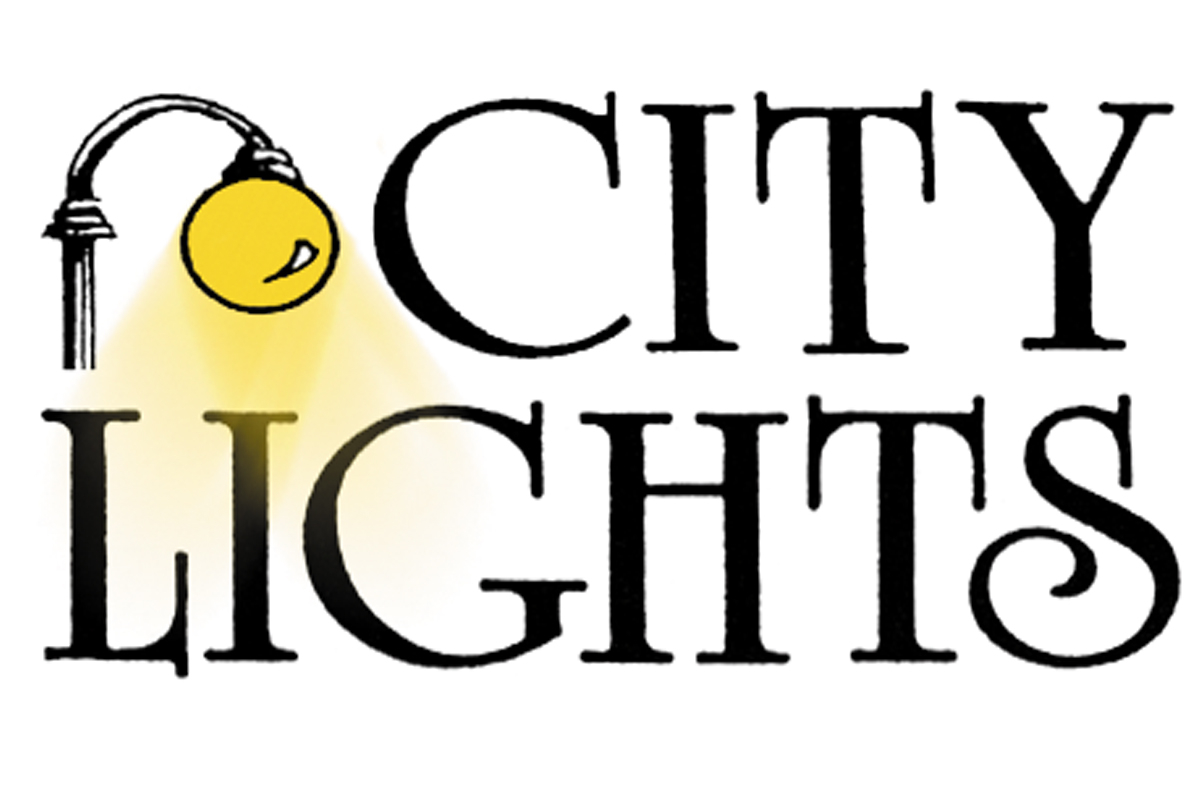Three Hallmarks of a Successful Personal Financial Situation

What are some hallmarks of a successful financial situation? Presuming that your basic needs- food, shelter, safety- are met, three hallmarks of a successful personal financial situation include having enough money to cover regular and unexpected expenses, successfully managing low or no debt, and using the right tools to mitigate risk in your financial situation.
The first hallmark of a successful financial situation is having enough money to cover regular and unexpected expenses. How do you know whether you have enough money to cover regular and unexpected expenses? Review a year of your spending habits. How much money do you usually spend per month? Take that total and multiply it by six if you are single (multiply it by three if you are in a two-income household). Add one month of living expenses to that figure so you have a total of four (or seven) months. The figure you get is the amount you need to set aside for emergencies.
For many people, after they calculate their emergency fund, they experience a measure of anxiety. Statistically, many Americans live paycheck-to-paycheck, so the idea of having any money in savings may feel unrealistic. If that applies to you, start small. Take your goal and break it down into smaller amounts you can save over time. For example, if your emergency fund amount is $12,000, break your goal down into monthly increments like, “I will save $300 by the end of this month.” Then, next month, increase your goal to $320 and keep going.
The second hallmark of a successful financial situation is successfully managing low to no debt. Successful management of debt means paying debts on time and owing low amounts of debt. What is low debt? One way to measure whether you have a low amount of debt is to calculate your debt-to-income ratio. A debt-to-income ratio calculates how much of your income is spent on debt payments (i.e., auto loans, credit cards, student loans, mortgages, etc.). To calculate this figure, you add up all your loan and credit card amounts (for credit cards, you use the minimum required payment amount) then divide that by your gross (i.e., pre-tax) monthly income.
For example, let’s say a person has the following monthly debt obligations: an auto loan payment of $400, three credit cards with minimum payment amounts of $50 each ($50 x 3 = $150), a student loan payment of $200, and a mortgage of $1,800. The monthly debt obligation for this person totals up to $2,550. Let’s also say that the person earns a salary of $45,000/year. ($45,000/12 = $3,750/mo. income) Take the monthly debt obligation amount and divide it into the monthly income amount: $2,550/$3,750 = 0.68 x 100 = 68%. 68% is this person’s debt-to-income ratio.
An ideal debt-to-income ratio is one that is less than 40%. When a debt-to-income ratio is over 40%, a person may be spending beyond their means and be unable to meet other financial needs like an unexpected financial emergency or saving for retirement. In the case described above, if the person wanted to reach a debt-to-income ratio of 40%, they would need to reduce their debt obligations to $1,500/month or less ($3,750 x 0.40 = $1,500).
The third hallmark of a successful financial situation is one where the right tools are used to mitigate risk. Have you heard the phrase, “Don’t put all your eggs in one basket?” The idea behind that phrase is to remind a person to have a variety of baskets which hold a variety of eggs so if an egg or basket goes bad, a person has other baskets which may be depended upon. Common tools for mitigating risk include diversification of assets (i.e., investment portfolio includes different asset classes, types of accounts, property ownership, etc.) and insurance coverage (i.e., property and casualty, homeowners, life) to protect those assets. Consulting with a financial planner or insurance salesperson may provide insight on whether you are using the right tools for managing risk in your financial situation.
Do you recognize any of these three hallmarks in your personal financial situation? If you do, congratulations for taking steps toward a successful personal financial situation. Are these hallmarks missing from your personal financial situation? If so, consider using some of the tips shared here. Regardless of where you are, kudos to you for taking the time to read about the hallmarks of a successful personal financial situation.
Wendolyn Forbes is a CERTIFIED FINANCIAL PLANNER™ with Wealth Transition Finance, A Member of Advisory Services Network, LLC. Wendolyn is a fee-only financial planner and member of the National Association of Personal Financial Advisors (NAPFA). For more information, please visit her website at www.wtf-asn.com.
Certified Financial Planner Board of Standards Inc. owns the certification marks CFP®, CERTIFIED FINANCIAL PLANNER™ and federally registered CFP® (with flame design) in the US, which it awards to individuals who successfully complete CFP Board’s initial and ongoing certification requirements.
This material is provided as a courtesy and for educational purposes only. Advisory Services Network, LLC does not provide tax advice. The tax information contained herein is general and is not exhaustive by nature. Federal and state laws are complex and constantly changing. Consult your own legal or tax professional for information concerning your individual situation.


























